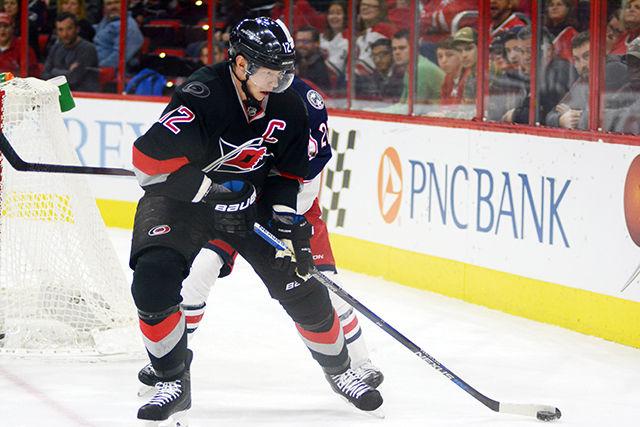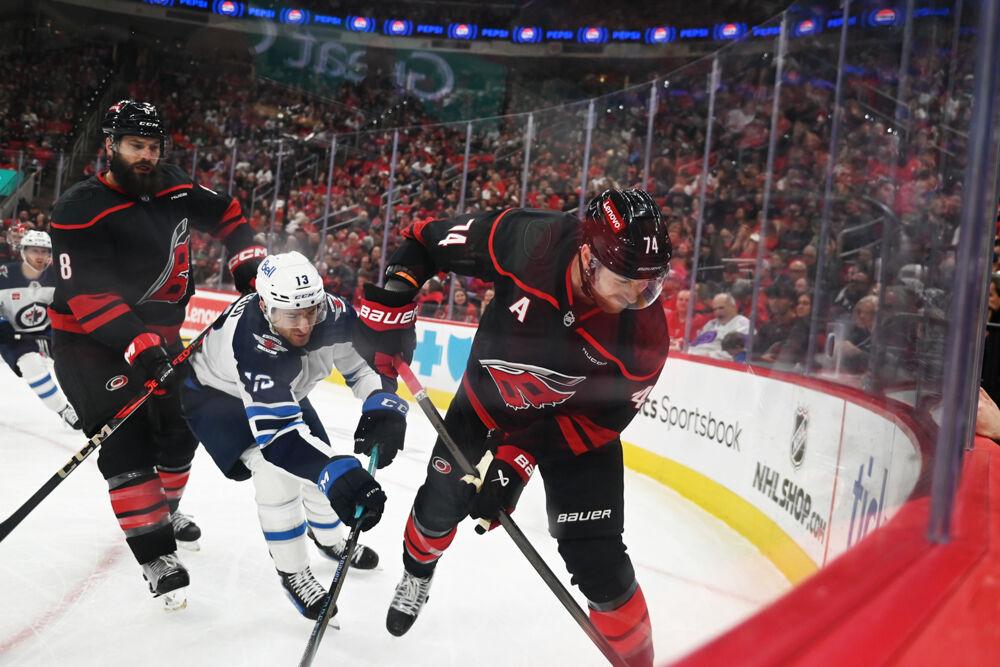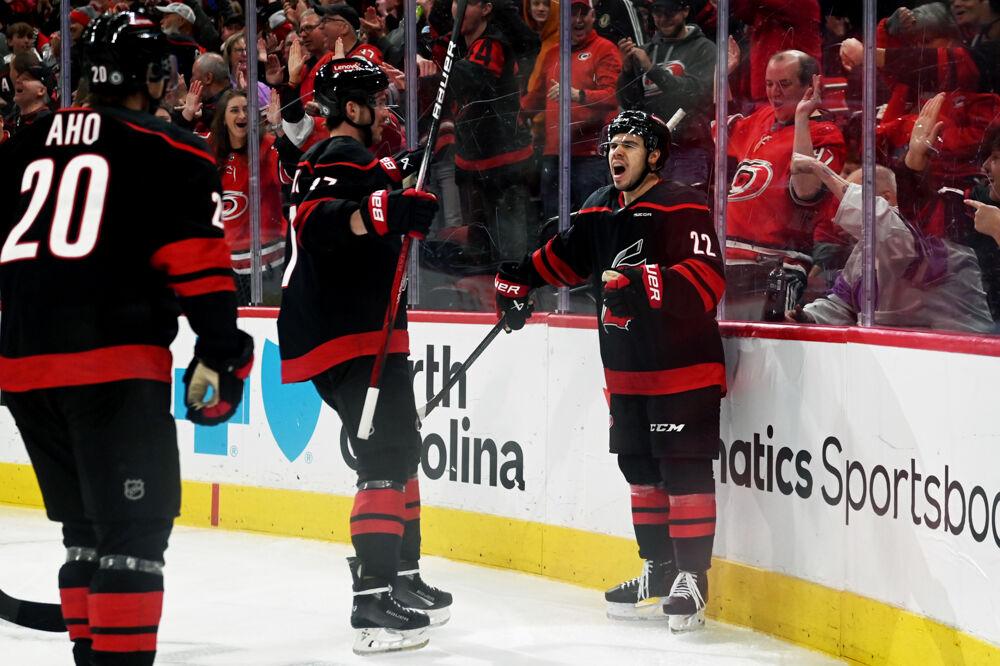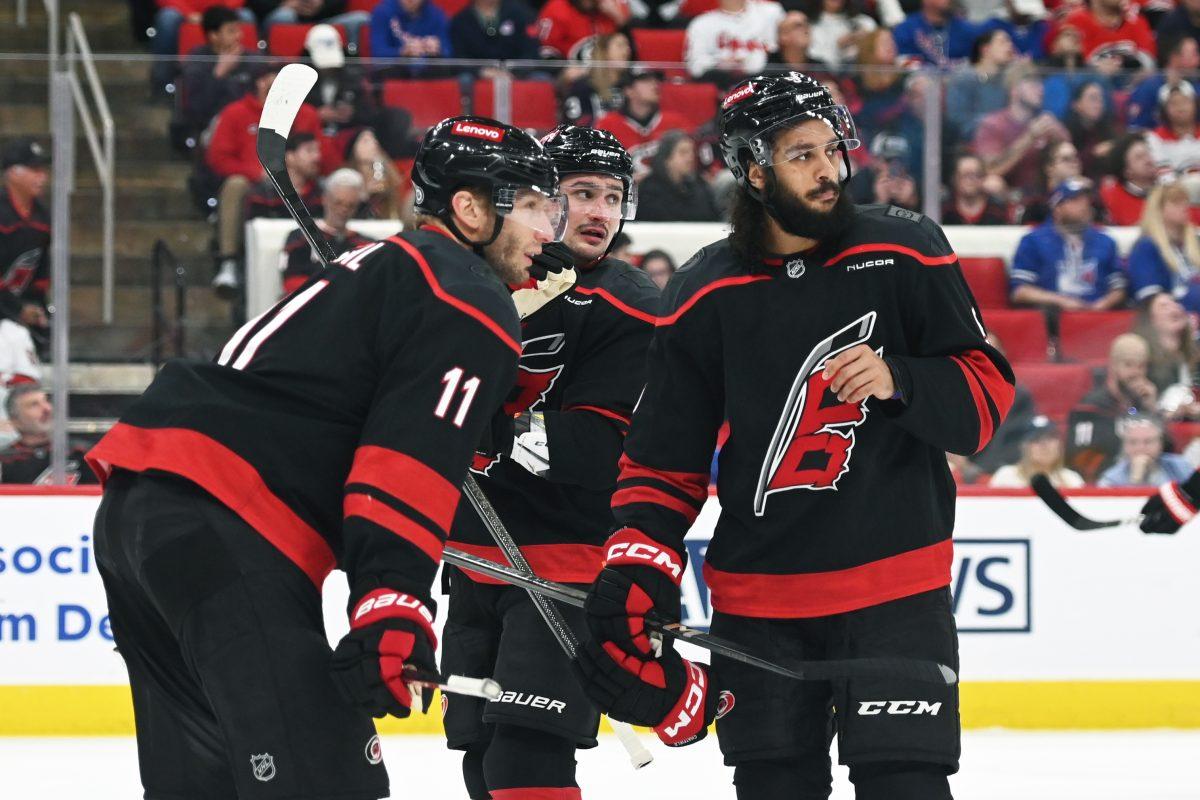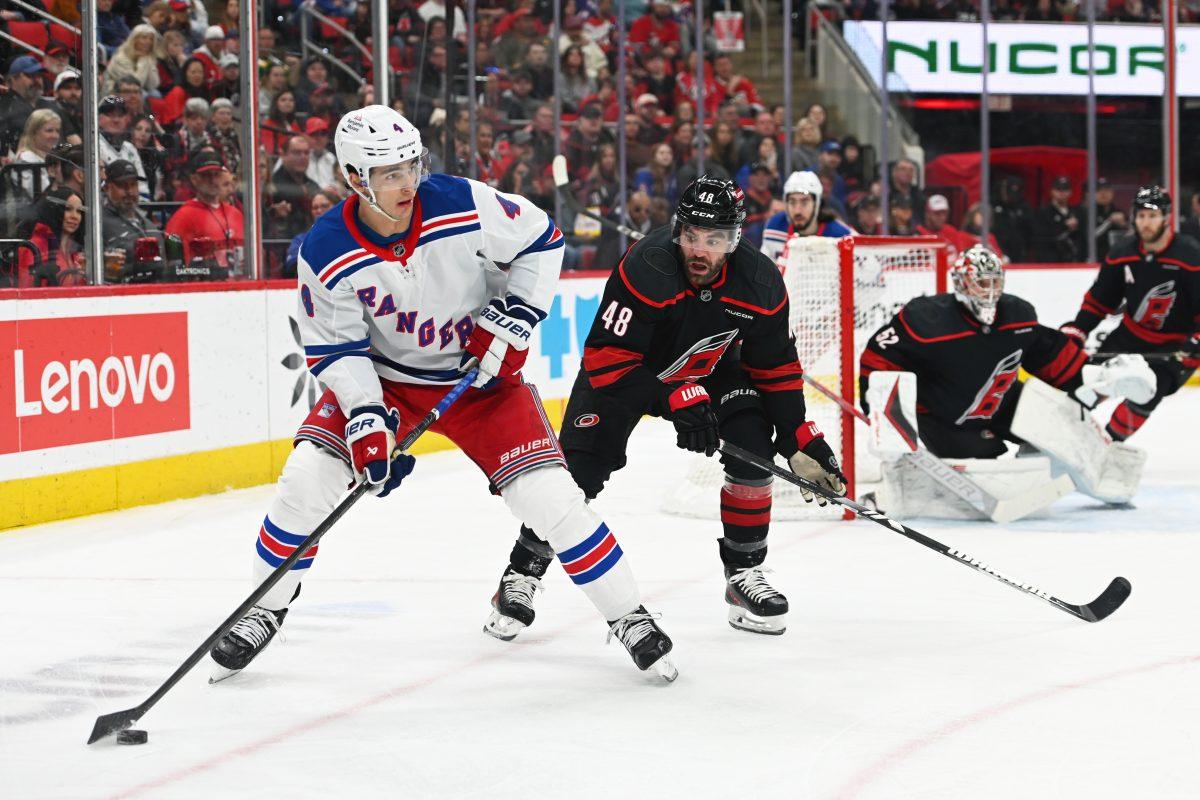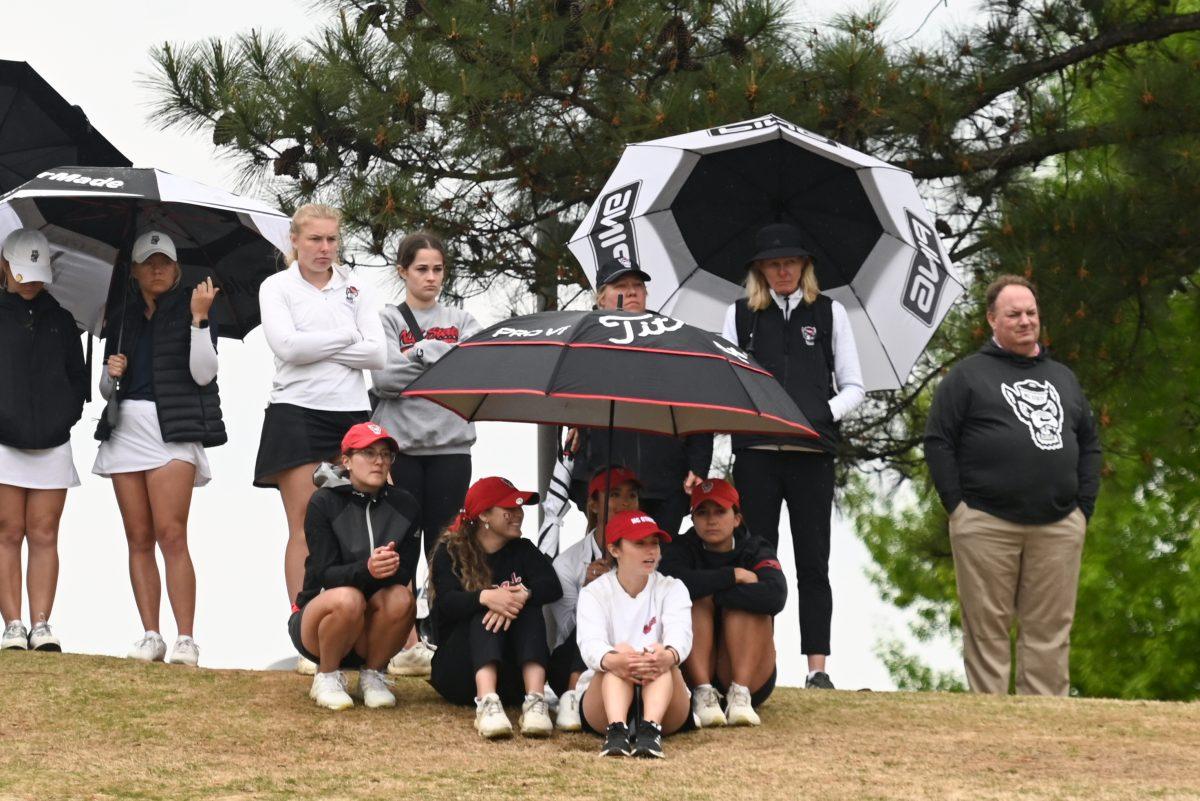More than 24 hours after the NHL trade deadline has come and gone, the Carolina Hurricanes have a much different-looking roster after deals made, involving some of the team’s best players, by general manager Ron Francis.
Because none of the Canes’ unrestricted free agents were able to come to a contract-extension agreement before the deadline, and with the team dropping several games they shouldn’t have in the past couple weeks, further hurting their chances of making the playoffs, Francis was left with no choice but to sell.
“For the first time in a while, we were legitimately in a playoff run in February, which hasn’t happened around here in a long time,” Francis said in his trade deadline press conference. “But you run the risk of chasing that. Do we really have legitimate odds to get in or not? If you chase that, and you don’t get there, now we’ve almost taken the progress we’ve made to this point and gone backwards. I don’t think we can afford to do that as an organization or as a team.”
The first to be traded was the cornerstone and face of the franchise for the past decade, captain Eric Staal. In 12 seasons, all with the Hurricanes, Staal set numerous franchise records, rarely missed a game and of course won a Stanley Cup Championship in 2006 — the state of North Carolina’s first and only professional sports title.
Eric Staal was dealt to the New York Rangers, where he will have a solid chance of winning another championship and get to play with his other brother Marc Staal, in exchange for a second-round pick in the 2016 NHL Draft, a second-round pick in the 2017 NHL Draft and prospect Aleksi Saarela.
“It’s never easy when you trade a guy that’s been with the organization for a long time, who’s been the face of this franchise,” Francis said. “We get some picks and an asset, but at the end of the day, we have a big hole we have to fill.”
With Staal’s contract expiring at the end of the season, unless the Rangers re-sign him, the Canes essentially loaned Staal for roughly 20 games remaining in the season, plus the playoffs.
Because of the no-movement clause in his contract, it complicated matters for Francis, as Staal had to approve any trade involving himself. Reportedly, Staal gave Francis only two teams he would accept a trade to, making it more difficult to get maximum value in return. All things considered, Francis did well to get two good picks and a prospect that can play at the NHL level one day.
The next player to be moved was forward Kris Versteeg, who was sent to Los Angeles in exchange for prospect Valentin Zykov and a conditional fifth-round pick in the 2016 NHL draft.
“We got a young prospect, a guy that was drafted 37th [overall] by L.A.,” Francis said. “They traded up to actually take that year. [He] had a pretty successful junior career. I know they were high on him early. I think maybe a change of scenery is what we’re hoping for him that will kind of spark him again and get him going.”
While Zykov has struggled in his first season in the minors, there is no denying his talent and skill. In his three seasons of junior hockey, he scored an incredible 184 points (84 goals, 100 assists) in 162 games. If the Hurricanes organization can get him back on track, he has the potential to be a very good NHL player for a long time.
The final major deal was done right at the deadline, sending defenseman John-Michael Liles to the Boston Bruins for a third-round pick in the 2016 NHL Draft, a fifth-round pick in the 2017 NHL Draft, and prospect Anthony Camara.
“With Johnny, we have some good, young [defensemen], and he’s been a great mentor for those guys,” Francis said. “It’s always disappointing to have to move out a guy that’s been a good role model for your kids. But again, we got some more picks and a prospect.”
The Canes now have a plethora of draft picks, including seven in the first three rounds of the 2016 draft and six in the first three rounds of the 2017 draft. With so many, Francis has plenty of options at the draft and over the summer, including packaging picks to move up in the draft or packaging picks to make a trade for a player who can immediately jump in the lineup and help the team.
“Now we’ve got an abundance of picks,” Francis said. “We have to look at the next stage. Is that drafting the right players? [Or] is it turning those picks around for further assets that can go in our lineup?”


